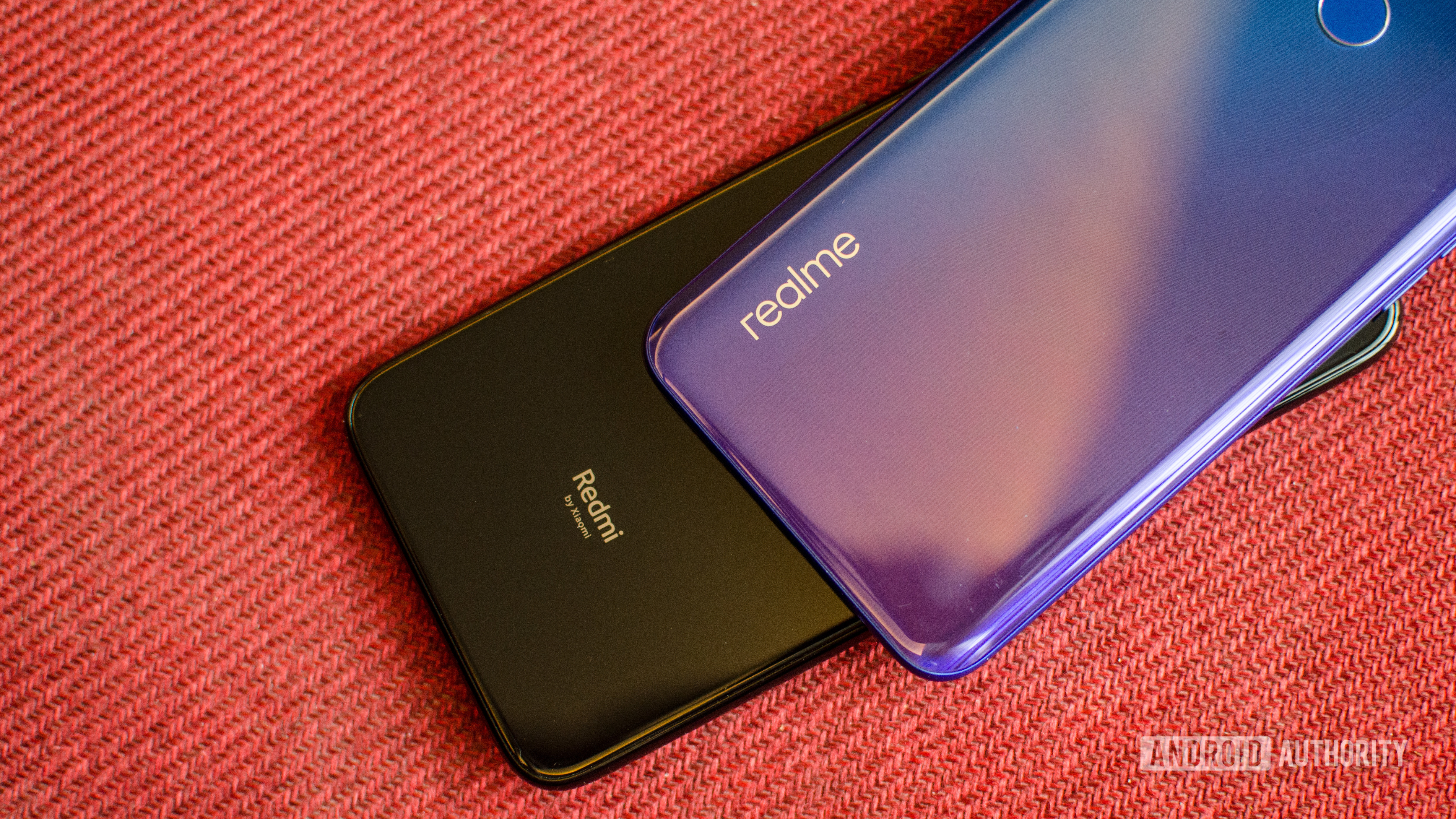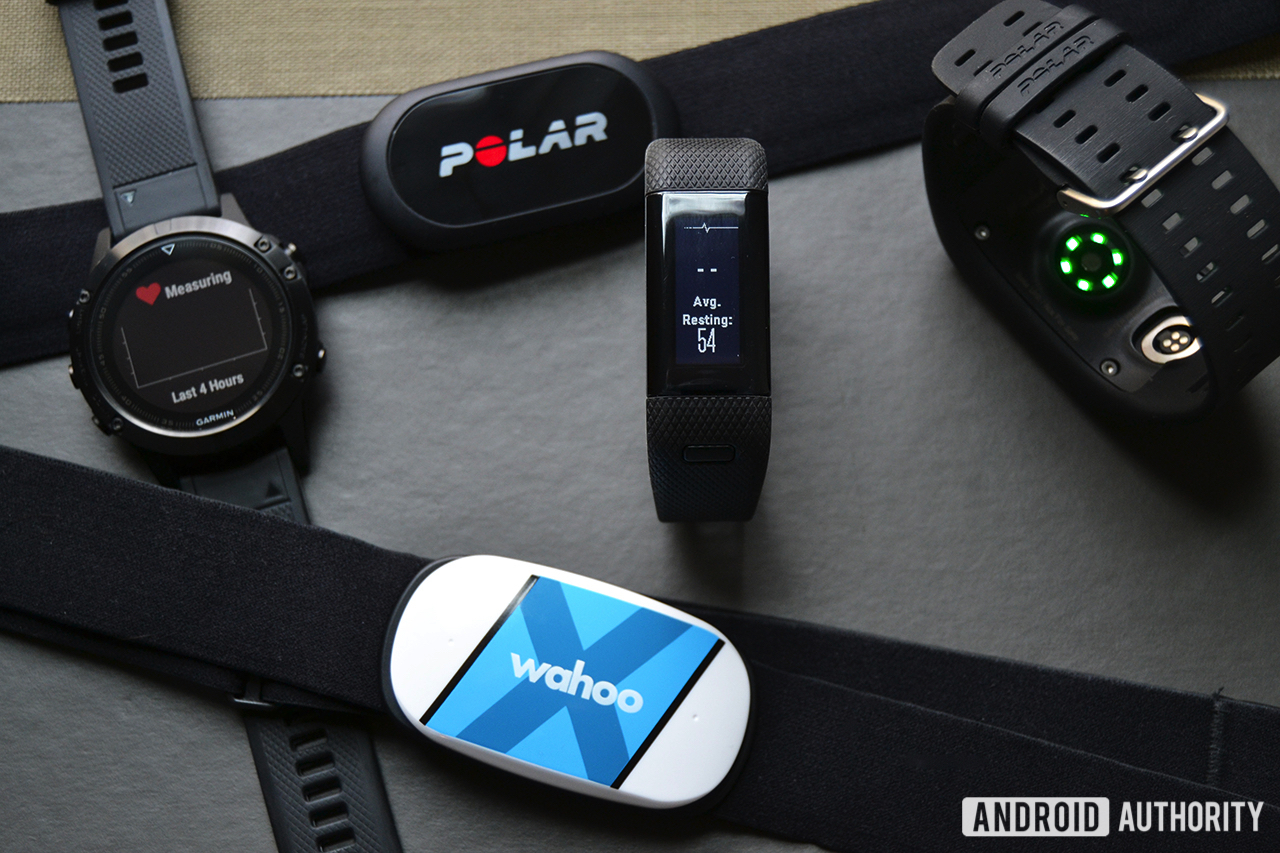Affordable fitness trackers are a dime and a dozen, and most Chinese smartphone brands have one in their arsenal. Xiaomi’s Mi Band 4 remains one of the most popular fitness trackers to date. In fact, the company shipped over one million of them within the first few days of going on sale. It comes as no surprise then that arch-nemesis Realme decided to enter the fray with its own take on the affordable fitness tracker.
But what good is a fitness tracker if it doesn’t do its job accurately? I spent a week testing Realme’s all-new activity tracker to see if it’s any good. Read our Realme Band review to find out more.
Design: Familiar and functional

The Realme Band employs a straightforward, utilitarian design. We’ve seen this before — a no-frills central module with silicone straps on either side. I like how light the band is. In fact, the weight is the one feature that really stood out. At 20g, this is hands down one of the lightest fitness trackers I’ve tried out; you barely notice it on your wrist as you go about your day.

Unfortunately, Realme made too many omissions to hit that weight and price tag. Let’s start with the display.
The 0.96-inch screen is a color LCD and you can swap out watch faces for a bit of personalization. Realme has promised an update that will allow more customization in the future. The display is, however, woefully dim. In fact, it is almost impossible to view outdoors. This is problematic for a device that is meant to track activities.
The display is woefully dim and impossible to view outdoors.

All controls are managed via the capacitive button mounted below the display. There isn’t much to it. Tap the button to cycle between heart rate tracking, the three onboard fitness modes, and long press to activate them.

Realme integrated the USB charging port right into the tracking module. You won’t have to go around digging for yet another proprietary charging cable anymore. Pull out the silicon strap, and you’re ready to plug the watch into any standard USB charger.
The 90mAh battery takes about an hour to top off and lasts roughly a week between charges. It isn’t quite as long-lasting as the Mi Band 4, but I suppose that’s a concession you have to make to hit the low price point.
Xiaomi Mi Band 4 review | Fitbit Inspire HR review
Is the Realme Band any good at fitness tracking?
The short answer: not really. The Realme Band lacks a gyroscope, which means it lacks the data needed for granular fitness analysis. Instead, you have to make do with an accelerometer, which is good enough for step tracking but not much more.
- Step Tracking
- Activity Tracking
If your goal is to up your daily step count, the Realme Band should suffice. I’ve been trying to increase my daily step count ever since the COVID-19 lockdown came into place, and the periodic reminders to get up and take a quick walk around the home office were welcome. Step tracking is fairly reliable, too. Compared to my Fitbit Ionic, the Realme Band counted a few too many steps, but not enough to throw off the results by a large degree.
- Activity Modes
- Heart Rate Tracking
- Sleep Tracking
The watch allows you to store three activity modes. These include running, strength training, yoga, spinning modes, and more. To appeal to a broader audience, Realme included a cricket mode as well. Unfortunately, the missing gyroscope really hurts the Band here. There’s little data to be found beyond calorie burn, and I wouldn’t place much trust in the heart rate zones as I found heart rate monitoring to be wildly inaccurate.

The watch takes a heart rate measurement every five minutes and you can switch this over to manual mode to extend battery life. During a workout, the heart rate monitor remains activate all the way through. Compared to my Fitbit Ionic, which I’ve found to be reasonably accurate, the readings from the Realme Band were all over the place — to the point that it measured a racing heart rate while I was casually lounging around, and vice-versa during an intense workout. :shrug:
The Realme Band does pretty well at sleep tracking, and can neatly present sleep cycle data. The feather-light weight definitely works in the band’s favor, as I didn’t feel any discomfort wearing it to bed.
Does the Realme Band work as a smartwatch?

The Realme Band certainly isn’t a smartwatch but you can use it to keep a track of notifications and alerts — when the app works, that is.
Pairing the band with your phone of choice requires the Realme Link app. The app is perhaps the weakest link here. No pun intended. More often than not, I just couldn’t get the app to pair with the band. Moreover, synchronizing updated workouts was a nuisance.
- Realme Link Settings
- Realme Band Watch Faces
When it works, you can go through a list of supported apps to enable notification support. The entire experience was flaky enough that I really wouldn’t recommend anyone buying the Realme Band if notifications are a priority.
Should I buy the Realme Band?
The Realme Band isn’t a bad entry into the world of fitness tracking. However, step counting alone isn’t a serious metric. If all you want is a bit of incentive to walk around more to get a few additional steps in, the tracker is an affordable means to provide that motivation.
The Realme Band is an affordable entry into the world of step tracking, but comes across as an obvious first-generation product.
That said, the Xiaomi Mi Band 4 costs just a little more, delivers a much wider feature set, and, more importantly, offers a significantly more polished and cohesive user experience. That alone is worth the slight premium you have to pay. You can buy it from Amazon for just over $30.
The Realme Band is a decent first-generation product, but most buyers should just go ahead and get the Mi Band 4 instead.
More posts about fitness-trackers
from Android Authority https://ift.tt/2X40f2j
via IFTTT
















Post a Comment